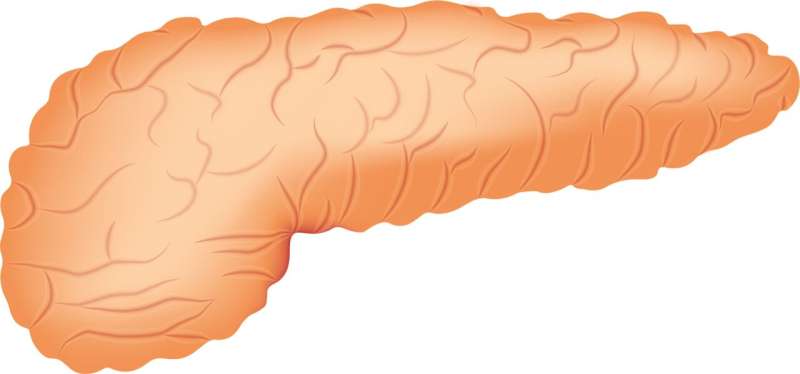Less is more: Research finds not placing a drain improves distal pancreatectomy outcomes


Research led by Amsterdam UMC across 10 Dutch hospitals and two Italian hospitals has found that not placing a drain during surgery improves outcomes in patients undergoing a left-sided pancreatic resection, also known as “distal pancreatectomy.”
The study, published in The Lancet Gastroenterology & Hepatology, set out to confirm the safety of drainless surgery, as compared to the current routine practice of leaving a surgical drain. Ultimately, the study not only confirmed the safety of “drainless surgery” but, in addition, demonstrated that this approach reduced the rates of postoperative pancreatic leaks and overall morbidity and hospital stay.
“This study is expected to close a longstanding debate among surgeons,” says Marc Besselink, professor of surgery at Amsterdam UMC and principal investigator of the study, “in an era where medicine is increasingly becoming more complex and costly, this study actually shows that omitting an intervention actually improves outcome. Sometimes, less is more.”
Surgeons traditionally place a drain to facilitate the removal of fluids such pancreatic juice, that could build-up after surgery, in patients undergoing distal pancreatectomy. This is routine practice due to the high (25%) risk of postoperative leaks which may have serious consequences. However, an increasingly large group of surgeons have argued that many of these leaks stop spontaneously and that leaving a percutaneous surgical drain actually increases the risk of complications as it may facilitate leaks and increase the risk of infection.
The PANDORINA trial set out to investigate this and included 282 patients undergoing distal pancreatectomy. The primary goal was to demonstrate that drainless surgery was safe in terms of major complications. This succeeded.
Secondarily, the study showed that the rates of detected postoperative leaks decreased by 15% (from 27% to 12%) in patients undergoing drainless surgery and the rate of overall complications also reduced (from 51% to 33%).
“The benefit of drainless surgery is much larger than we anticipated before the trial,” adds Professor Roberto Salvia from the Pancreas Institute in Verona, “and for our colleagues this is very compelling evidence.” In order to facilitate this, the researchers have already shared their findings at several international symposia.
“We expect that drainless surgery for distal pancreatectomy will now enter the international guidelines and become part of daily practice for pancreatic surgeons across the world,” says Ward van Bodegraven, researcher at Amsterdam UMC and coordinator of the trial.
More information:
Prophylactic abdominal drainage after distal pancreatectomy (PANDORINA): an international, multicentre, non-blinded, randomised controlled non-inferiority trial, The Lancet Gastroenterology & Hepatology (2024).
Citation:
Less is more: Research finds not placing a drain improves distal pancreatectomy outcomes (2024, March 15)
retrieved 16 March 2024
from https://medicalxpress.com/news/2024-03-distal-pancreatectomy-outcomes.html
This document is subject to copyright. Apart from any fair dealing for the purpose of private study or research, no
part may be reproduced without the written permission. The content is provided for information purposes only.



